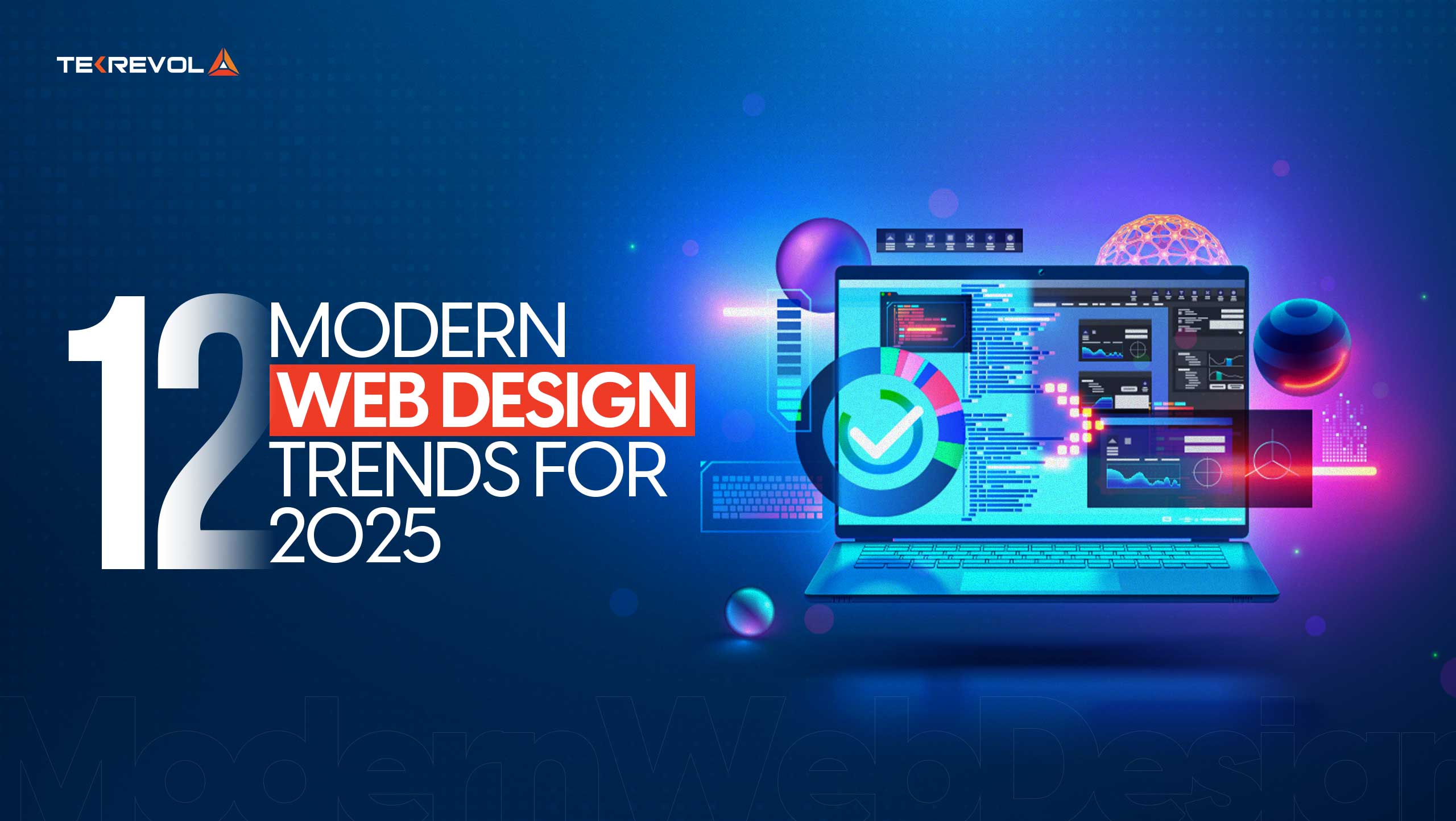Website Design London Ontario with Unique Layouts and Functions
Exactly How to Successfully Combine Appearances and Capability in Internet Style
When making a site, you need to strike a balance in between aesthetics and functionality. It's not just about looking good; your design needs to likewise serve an objective and overview individuals efficiently. By concentrating on simpleness and instinctive navigating, you can develop an interesting experience. What components absolutely improve use while keeping visual appeal? Let's check out the essential principles that can result in a harmonious blend of beauty and feature.
Comprehending the Relevance of Appearances and Functionality
Comprehending the equilibrium in between looks and performance is crucial for developing an efficient user experience when you create a website. An aesthetically enticing website grabs interest, yet it's the capability that maintains individuals involved. If your site looks excellent however is challenging to navigate, visitors will swiftly lose passion and leave.Consider your target market and what attracts them in. You want to produce a layout that mirrors your brand while making certain convenience of usage. Structured designs, user-friendly navigation, and clear phone calls to action can boost both looks and capability.

Concepts of Effective Website Design
To produce an effective website design, you require to comply with a number of vital principles that boost both customer experience and visual charm. Focus on simplicity; a clean design assists users browse easily. Make use of a regular color pattern and typography to maintain coherence throughout your website. This promotes experience and trust.Next, assure your layout is responsive. Individuals access sites on numerous tools, so your design needs to adapt flawlessly. Take note of visual pecking order; emphasize important aspects with positioning, shade, or dimension to direct customers' focus.Finally, incorporate adequate white space. It stops clutter and makes material more digestible. Keep in mind, efficient web layout equilibriums aesthetic appeals and functionality, so every style option ought to serve a function. By adhering to these concepts, you'll create a website that's not only visually enticing but also easy to use, inevitably maintaining visitors involved and encouraging them to return.
Focusing On Customer Experience
When prioritizing individual experience, you'll wish to start by comprehending what your individuals truly need. Streamlining navigating design can make a huge difference in how quickly they locate what they're trying to find. Additionally, boosting aesthetic power structure aids guide their interest to one of the most essential components on your website.
Comprehending Individual Demands
Understanding customer requirements is essential for creating an engaging internet experience that keeps site visitors returning. To achieve this, you need to identify the goals and choices of your target market. Beginning by conducting customer study, like studies or interviews, to gather insights on what users worth most. Pay interest to their discomfort factors and difficulties when connecting with similar web sites. This information allows you to tailor your design, ensuring capability aligns with user assumptions. Additionally, take into consideration creating customer personas that stand for various sections of your audience, aiding you imagine their requirements throughout the design procedure. When you focus on understanding user requirements, you produce a site that not only looks excellent but likewise supplies a seamless, delightful experience that cultivates commitment.
Simplifying Navigation Layout

Enhancing Visual Power Structure
A solid aesthetic hierarchy is vital in leading customers through your site and guaranteeing they involve with key content. To accomplish this, use spacing, color, and size purposefully. Make vital aspects like headings larger and bolder than body message, attracting interest quickly. Use contrasting shades to highlight contact us to activity, encouraging clicks. Additionally, use adequate white area to different sections, making material digestible and inviting.Consider the flow of details; organize components practically, leading users' eyes from one indicate the next. Usage visual signs, like arrows or lines, to guide focus. By focusing on visual pecking order, you improve individual experience and increase the possibility of conversions, ensuring your site is both cosmetically pleasing and functionally reliable.
Shade Theory and Its Influence on Usability
While selecting the appropriate shades for your website may appear like a minor detail, it considerably affects usability and individual experience. Color affects just how customers regard details and can hinder or enhance navigation. Contrasting shades can assist essential components stand out, making it easier for visitors to locate what they need.Additionally, think about the psychology of colors: blue commonly inspires count on, while red creates necessity. Recognizing your target audience can direct your color selections, guaranteeing they resonate well.Moreover, constant color design aid build brand identification, making your website more unforgettable. Nevertheless, beware-- way too many colors check here can overwhelm individuals. Adhere to a minimal palette that matches your content and maintains clarity.Incorporating accessibility is likewise necessary; verify your color mixes get along for those with aesthetic disabilities. By attentively using shade theory, you'll enhance functionality and create an extra engaging user experience.
Typography: Balancing Design and Readability
Shade options established the phase for your site, yet typography plays an equally essential duty in boosting user experience. You want your message to connect clearly while also mirroring your brand's individuality. Start by picking fonts that are not only eye-catching but also readable. Sans-serif typefaces typically function well for electronic displays, as they're less complicated to read at different sizes.Maintain a power structure by utilizing different font style sizes and weights; this guides individuals via your content effortlessly. Consider line spacing and letter spacing; too tight can annoy readers, while too loose can interrupt the flow. Limitation your font choices to 2 or three to keep the layout cohesive.Finally, always check your typography throughout different devices and web browsers. What looks excellent on one screen may out one more. Stabilizing style with readability warranties that your message reverberates, keeping your target market engaged and informed.
Responsive Style: Making Visual Appeals Deal With All Instruments
To assure your website looks excellent on any tool, you'll require to welcome receptive layout principles. This strategy assurances your website adapts to various screen dimensions, giving a perfect user experience. Begin by utilizing fluid grids and versatile images that scale seamlessly. Rather than repaired measurements, select portions and loved one systems, permitting your layout to adjust dynamically.Next, execute media queries in your CSS. These allow you use various styles based upon tool characteristics, like display size. In this manner, you can maintain aesthetic appeal while guaranteeing functionality.Don' t ignore touch targets; make sure buttons and web links are easy to touch on smaller displays. Prioritize crucial material, so customers can quickly navigate your site no matter their tool. By concentrating on these components, you'll develop an interesting, visually appealing experience that meets the needs of all individuals, whether they get on a smartphone, desktop, or tablet computer .
Performing Functionality Screening for Continuous Improvement
To improve your internet layout, you require to set clear functionality goals that line up with user demands. By performing user examinations, you can collect important responses on just how real individuals engage with your website. Analyzing these results will certainly help you make notified enhancements and create a much more reliable user experience.
Specifying Functionality Goals
While appearances can draw individuals in, specifying use goals is necessary for ensuring their experience remains seamless and rewarding. Start by identifying what you desire individuals to achieve on your website (website design london Ontario). Consider their jobs, needs, and behaviors. Are they looking for information, purchasing, or authorizing up for an e-newsletter? Develop clear benchmarks to determine success, like job completion rates or time on job. Prioritize intuitive navigating, obtainable content, and responsive style to improve functionality. Frequently revisit these goals as user expectations evolve. By defining functionality goals, you create a structure for assessing and enhancing your website's efficiency. This concentrate on usability not only increases individual satisfaction but likewise enhances the overall performance of your style
Carrying Out Individual Examinations
Carrying out customer examinations is essential for refining your website and ensuring it fulfills your target market's needs. Start by recognizing your target customers and creating a test strategy that describes your purposes. Utilize a mix of qualitative and quantitative approaches, such as surveys, interviews, and task-based monitorings, to gather complete comments. Invite individuals to browse your site while you observe their communications and note any type of difficulties they come across. Encourage open discussion to catch their thoughts and feelings regarding the style and performance. Maintain sessions brief and focused, ensuring you cover essential areas without frustrating users. Ultimately, see to it to record all findings, as this info will certainly be vital for making informed layout choices that improve both aesthetics and usability.
Examining Test Outcomes
Just how can you successfully analyze the outcomes of your usability examinations to drive continual improvement? Beginning by categorizing comments right into common styles. Look for patterns in customer actions that highlight pain factors or locations for improvement. Usage quantitative data, like task completion rates and time on job, to determine functionality objectively. Don't fail to remember to take into account qualitative insights from individual comments; they commonly expose underlying concerns that numbers can not reveal. Focus on the most impactful findings and produce actionable items for your style team. Bear in mind, it's about repeating-- execute adjustments, after that test once more. This cycle of testing, analyzing, and refining assists you equilibrium looks and performance, guaranteeing your internet site satisfies individual requirements successfully while preserving visual appeal.
Regularly Asked Questions
How Do I Pick the Right Color Palette for My Site?
To select the best shade combination for your internet site, consider your brand name's character, target audience, and psychological effect (website design london Ontario). Usage color psychology, develop consistency, and warranty readability. Examination combinations to see what resonates best with site visitors
What Devices Can Assist With Web Layout Aesthetic Appeals and Performance?
You can use tools like Adobe XD, Figma, and Lay out to improve your website design's looks and capability. These systems provide instinctive interfaces, cooperation features, and pre-made themes to streamline your imaginative procedure and improve your layouts.
How Can I Integrate Animations Without Compromising Performance?
To integrate computer animations without compromising capability, prioritize refined effects that boost customer experience. Use CSS animations for smoother interactions, assurance fast load times, and examination on numerous tools to maintain efficiency while adding aesthetic allure.
What Are Usual Blunders to Stay Clear Of in Web Design Visual Appeals?
When creating, avoid chaotic formats, inadequate color selections, and inconsistent typefaces. Do not neglect mobile responsiveness, as it can alienate users. Validate your design lines up with your brand, producing a smooth experience that engages visitors effectively.
Exactly how Usually Should I Update My Web site's Design for Optimal Aesthetics?
You ought to upgrade your internet site's style every 1-2 years to stay on par with trends and preserve ideal aesthetics. On a regular basis restoring visuals aids involve warranties and visitors your website stays easy to use and appealing. When you make a web site, comprehending the equilibrium in between appearances and functionality is necessary for producing an effective individual experience. To develop an effective web style, you need to stick to several essential principles that improve both individual experience and aesthetic allure. Customers accessibility websites on various gadgets, so your design needs to adapt flawlessly. When focusing on user experience, you'll want to begin by recognizing what your users absolutely need. Start by conducting user research, like studies or interviews, to collect insights on what users worth most.